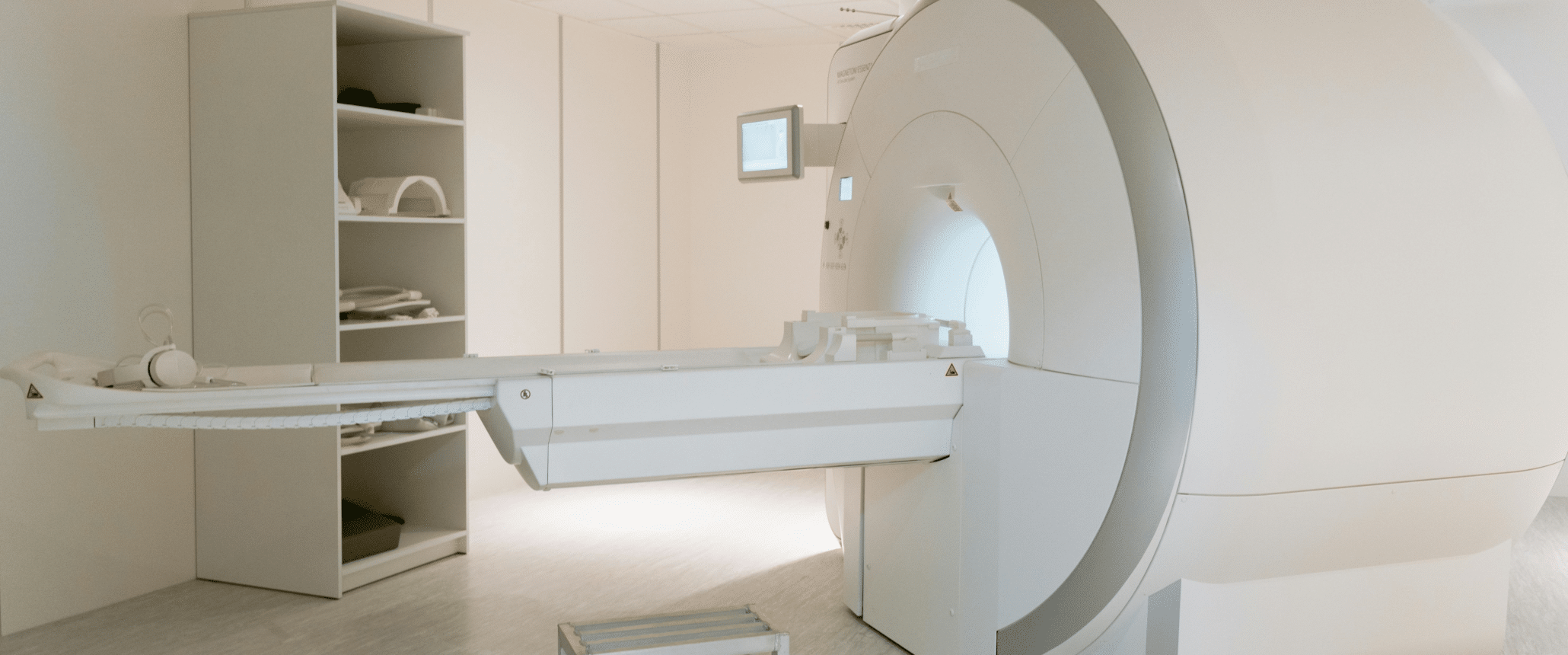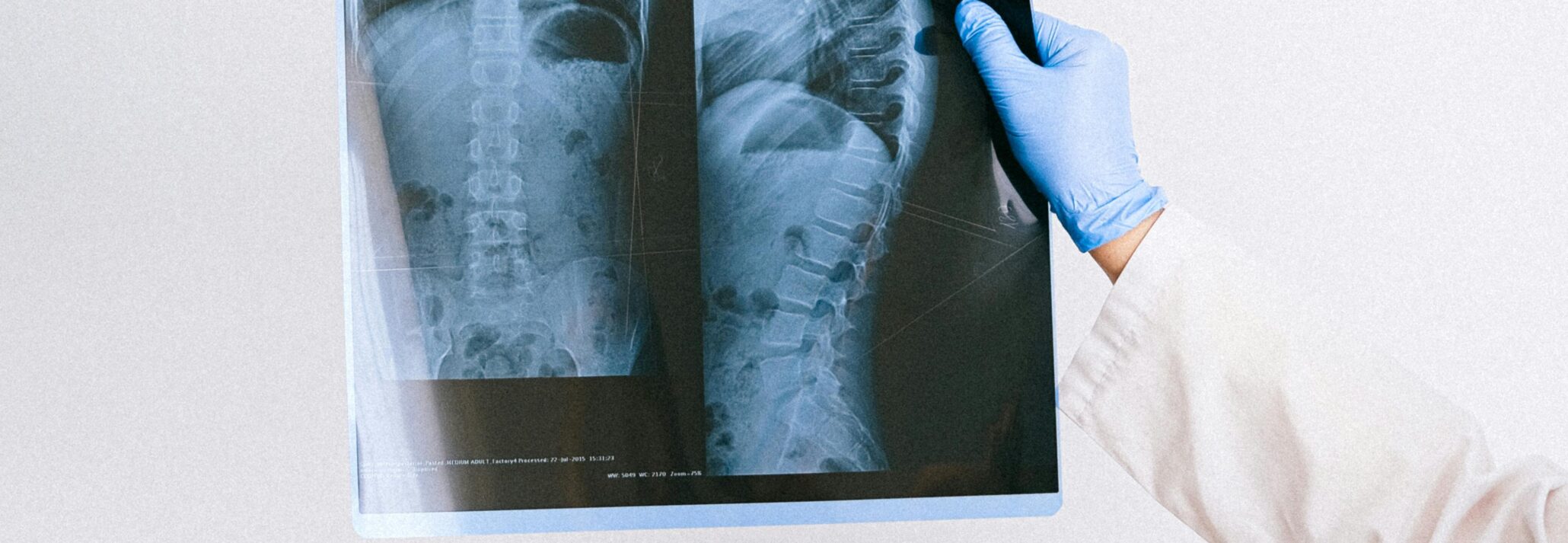Dr. Mark Schweitzer, MD, expounds on design and reporting considerations for imaging assessments in research publications.
Clinical trials often depend on qualitative and quantitative imaging assessments to evaluate safety and efficacy of therapies. The key to setting up the trial for imaging success is to 1) identify the appropriate individual(s) to perform the imaging evaluation, and 2) define an appropriate and reliable analysis methodology. Both aspects require expertise and experience in the imaging space, which imaging core labs are well-suited to provide. Dr. Mark Schweitzer, MD, a key opinion leader in the field of medical imaging, current editor-in-chief of Journal of Magnetic Resonance Imaging, and one of MMI’s scientific advisors, published an editorial piece precisely on this subject and how to report the information when publishing outcomes.
Choosing the Right Reviewers
The reviewers chosen to conduct subjective, qualitative imaging evaluations for clinical trials should ideally be board-certified, practicing physicians with the appropriate experience and credentials in the given therapeutic area being studied. Trial sponsors should consider the clinical trial experience of their chosen reviewers, as experience in clinical evaluations does not always translate to clinical trial evaluations due to inherent differences in methodology and style of the review. Objective, quantitative assessments (e.g. length measurements) are typically more reproducible and may be conducted by either physicians or trained non-physician analysts. When selecting reviewers, trial sponsors should also consider practical and operational aspects of managing reviewers (e.g. compensation, scheduling, communication, transfer of images, recording of the reviewers’ results in a validated, 21 CFR Part 11 compliant database). One of the many benefits of working with an experienced imaging core lab is that the core lab will manage all of the above and more!
Designing Your Imaging Study
Beyond identifying reviewers for the study, the imaging design must also be meticulously defined. Imaging protocols should be based on published and validated techniques, with clearly defined analysis methodology for each assessment. The imaging modalities and views (e.g. X-ray vs. MR) required for the study should be optimized based on the required assessments and may not always be standard-of-care. Depending on the subjectivity of the assessment panel, the trial sponsor may also want to consider a single versus multi-reviewer study design. Typically, multi-reviewer studies (e.g. 2 primary reviewers + adjudicator blinded to each other’s reads) are recommended for pivotal trials or those involving highly subjective assessments, to provide additional scrutiny of, and confidence in, the final imaging outcomes. For multi-reviewer studies, testing and monitoring observer agreement (both intra- and inter-) is paramount for ensuring reliability of results.
Publishing Your Imaging Outcomes
When publishing imaging outcomes, as Dr. Schweitzer crisply summarized in his editorial, the following items should be clearly delineated in the methodology and results:
- Reviewer credentials and experience
- Reviewer paradigm (e.g. multi-reviewer, consensus, adjudication)
- Imaging parameters (e.g. views/sequences, TR/TE, kVp)
- Analysis methodology, with literature references
- Observer agreement testing parameters (e.g. N, washout period, statistical measures)
At Medical Metrics, Inc. (MMI) we lead with science and have over 24 years of clinical trial experience in the imaging space. MMI manages all of the imaging study design, protocol development, reviewers, timelines, and analyses, so you can focus on your imaging outcomes. We have in-house imaging scientists and physician consultants with expertise across multiple therapeutic areas and imaging modalities. Our team has the scientific knowledge and operational infrastructure to help you run well-designed, successful imaging studies.
Read Dr. Schweitzer’s full editorial article: Schweitzer, M.E. (2018), Guidelines for qualitative/subjective research image assessments. J. Magn. Reson. Imaging, 48: 11-12. https://doi.org/10.1002/jmri.26205
Latest Scientific Resources & Publications
Why You Need an Imaging Core Lab: 4 Ways a Commercial ICL Transforms Your Trial




